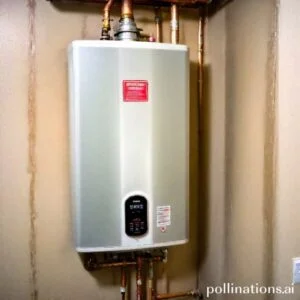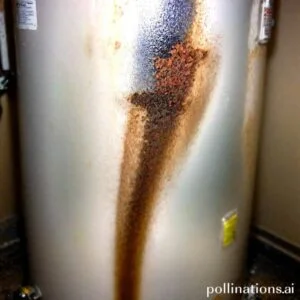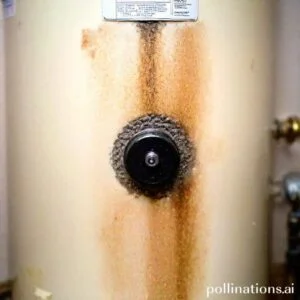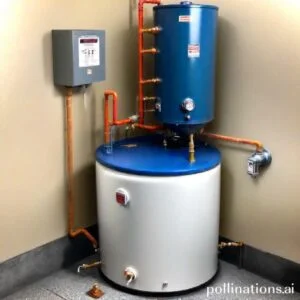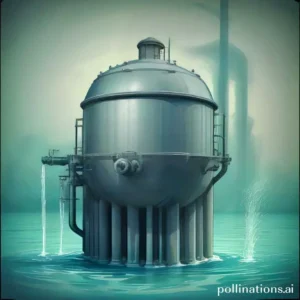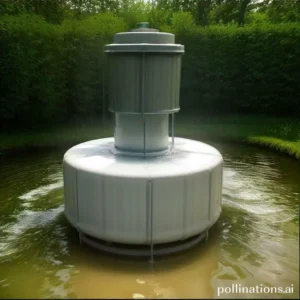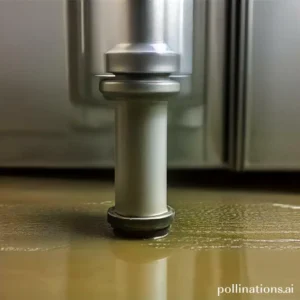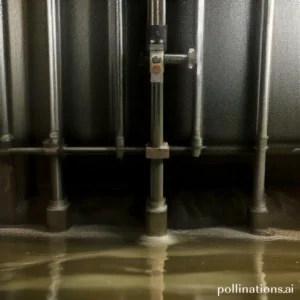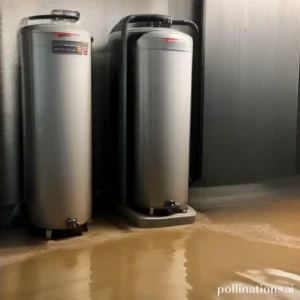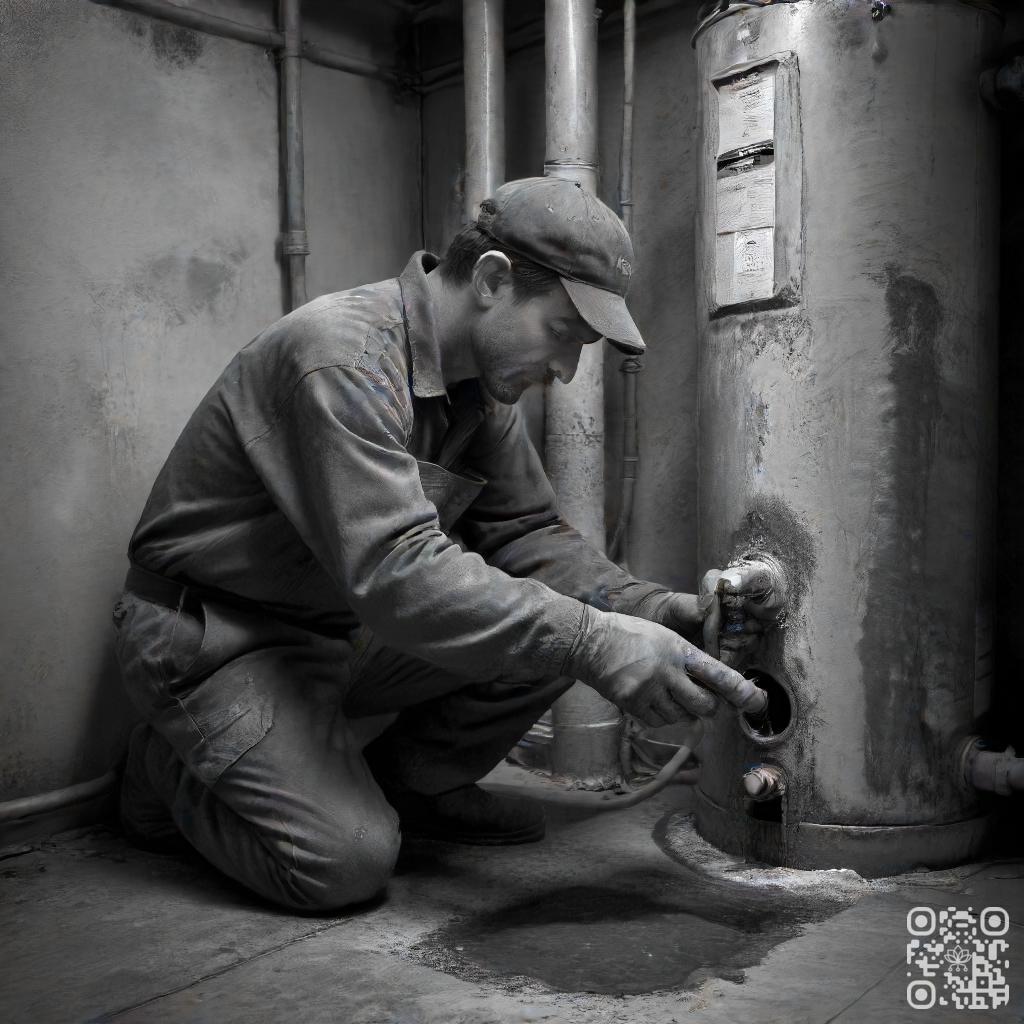
II. Regular maintenance, including flushing the tank and checking the anode rod, can help prevent sediment buildup and prolong the lifespan of the water heater.
III. If sediment buildup is left unchecked, it can lead to costly repairs or even the need for a full replacement of the water heater.
Sediment removal in indirect water heaters is a crucial aspect of maintenance that ensures optimal performance and longevity. Over time, mineral deposits and sediment can accumulate in the tank, causing reduced efficiency and potential damage to the heating system.
Regular sediment removal helps to prevent these issues by flushing out the unwanted particles and keeping the water heater running smoothly. By discerning the importance of sediment removal, homeowners can ensure that their indirect water heaters continue to provide reliable and efficient hot water for years to come.
Types of Sediment in Indirect Water Heaters
In terms of indirect water heaters, vital to understand the different types of sediment that can accumulate over time. This knowledge will not only help you maintain your water heater effectively but also ensure its longevity. In this section, we will discuss three major types of sediment commonly found in indirect water heaters:
1. Mineral Sediment
Mineral sediment is a common issue in indirect water heaters, especially in areas with hard water. Hard water contains high levels of minerals such as calcium and magnesium. Over time, these minerals can accumulate and form a layer of sediment at the bottom of the water heater. This sediment can reduce the efficiency of the heater and potentially lead to corrosion or damage. Regular maintenance and descaling can help prevent mineral sediment buildup and ensure optimal performance.
2. Rust Sediment
Rust sediment is another type of sediment that can be found in indirect water heaters. It occurs when the inner lining of the water heater tank deteriorates, exposing the metal surface to water. This exposure leads to the formation of rust particles that can settle at the bottom of the tank. Rust sediment can not only affect the efficiency of the water heater but also contaminate the water supply. Regular inspection and timely repairs can help prevent rust sediment accumulation and maintain the quality of your hot water.
3. Organic Sediment
Organic sediment refers to the accumulation of organic matter in the water heater. This can include debris, dirt, leaves, or other organic substances that find their way into the water supply. Organic sediment can cause clogging, reduce water flow, and affect the overall performance of the water heater. Regular cleaning and filtration can help prevent organic sediment buildup and ensure clean and safe hot water for your household.
Essential to address sediment buildup in indirect water heaters promptly to avoid potential issues and ensure the longevity of your equipment. By mastering the different types of sediment and implementing proper maintenance practices, you can enjoy efficient and reliable hot water for years to come.
| Type of Sediment | Causes | Effects |
|---|---|---|
| Mineral Sediment | High mineral content in water | Reduced efficiency, potential corrosion or damage |
| Rust Sediment | Deterioration of water heater tank lining | Reduced efficiency, water contamination |
| Organic Sediment | Presence of organic matter in water | Clogging, reduced water flow |
Signs of Sediment Build-up in Indirect Water Heaters
Indirect water heaters are a popular choice for many households due to their efficient heating capabilities. Despite this, over time, sediment can build up in these heaters, leading to various issues. In this section, we will pioneer the signs that indicate sediment build-up in indirect water heaters, helping you identify and address these problems effectively.
1. Reduced Water Flow
One of the primary signs of sediment build-up in indirect water heaters is reduced water flow. As sediment accumulates in the tank, it can clog the pipes and restrict the movement of water. This can result in lower water pressure, slower hot water delivery, and even completely blocked pipes. If you notice a significant decrease in water flow, it is essential to investigate the possibility of sediment build-up.
2. Strange Noises
Another indication of sediment build-up is the presence of strange noises coming from your indirect water heater. As sediment settles at the bottom of the tank, it can create a barrier between the heating element and the water. This barrier causes the heating element to work harder, leading to unusual sounds like popping, cracking, or rumbling. If you hear any of these noises, it is a clear sign that sediment has accumulated in your water heater.
3. Increased Energy Bills
Sediment build-up can also have a significant impact on the energy efficiency of your indirect water heater. As sediment accumulates, it acts as an insulator, preventing the heat from transferring efficiently to the water. This means that your water heater needs to work harder and consume more energy to achieve the desired temperature. If you notice a sudden increase in your energy bills without any other explanation, sediment build-up could be the culprit.
How to Remove Sediment from Indirect Water Heaters
Indirect water heaters can accumulate sediment over time, which can affect their performance and efficiency. To ensure your indirect water heater continues to function optimally, it’s important to remove the sediment regularly. Follow these steps to effectively remove sediment from your indirect water heater:
1. Turn off the Power and Water Supply
Prior to starting the sediment removal process, it is crucial to turn off both the power and water supply to the indirect water heater. This ensures your safety and prevents any potential damage to the unit.
2. Drain the Tank
Locate the drain valve on the indirect water heater and attach a hose to it. Place the other end of the hose in a suitable drainage area, such as a floor drain or an outdoor location. Open the drain valve to allow the water and sediment to flow out of the tank. Keep the valve open until the water runs clear, indicating that most of the sediment has been removed.
3. Scrub the Tank
Once the tank is drained, it’s time to scrub away any remaining sediment. Use a soft brush or sponge to gently scrub the interior walls of the tank. Pay extra attention to areas where sediment tends to accumulate, such as the bottom and the sides. This step helps remove stubborn sediment and ensures a thorough cleaning.
4. Refill the Tank
After scrubbing the tank, close the drain valve and carefully refill the indirect water heater with clean water. Make sure to follow the manufacturer’s instructions regarding the recommended water level. This step prepares the unit for normal operation once the sediment removal process is complete.
5. Turn on the Power and Water Supply
Once the tank is refilled, you can safely turn on the power and water supply to the indirect water heater. Allow the unit to heat the water to the desired temperature. Regular maintenance, including sediment removal, will help extend the lifespan of your indirect water heater and ensure its efficient performance.
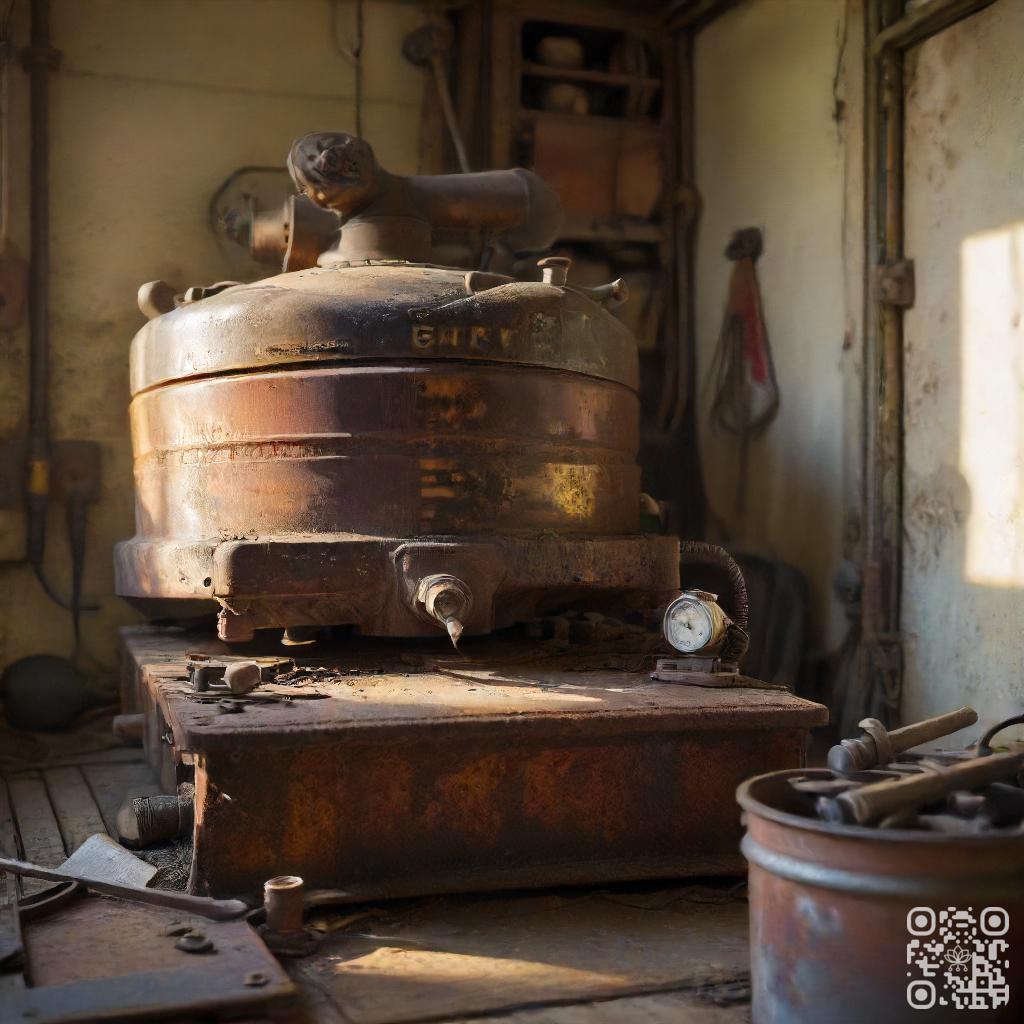
Preventing Sediment Build-up in Indirect Water Heaters
Indirect water heaters are a great way to efficiently heat your water, but over time, sediment build-up can occur, reducing their effectiveness. To ensure optimal performance and extend the lifespan of your indirect water heater, it is essential to take preventive measures against sediment build-up. Here are some effective strategies:
1. Regular Maintenance
Maintaining your indirect water heater regularly is crucial to prevent sediment accumulation. Schedule professional maintenance at least once a year to flush out any sediment that may have settled at the bottom of the tank. This will help maintain the efficiency of your water heater and prevent potential clogs or damage.
2. Installing a Sediment Filter
Adding a sediment filter to your water heater can significantly reduce the amount of sediment that enters the tank. These filters are designed to capture and trap sediment particles, preventing them from circulating and settling in the tank. Regularly clean or replace the filter to ensure its effectiveness.
3. Using a Water Softener
Hard water contains high levels of minerals that can contribute to sediment build-up in your indirect water heater. Installing a water softener can help minimize the formation of sediment by removing these minerals. This not only benefits your water heater but also extends the lifespan of other appliances and improves overall water quality.
| Strategy | Benefits |
|---|---|
| Regular Maintenance | Prevents clogs and damage, maintains efficiency |
| Installing a Sediment Filter | Reduces sediment entering the tank |
| Using a Water Softener | Minimizes mineral build-up, improves water quality |

Benefits of Sediment Removal in Indirect Water Heaters
Improved Efficiency
Relating to indirect water heaters, sediment buildup can significantly impact their efficiency. By regularly removing sediment, you can ensure that your water heater operates at its optimal level. Sediment acts as an insulator, making it harder for the heat to transfer from the heating element to the water. This results in longer heating cycles and higher energy consumption. By removing sediment, you can improve the efficiency of your water heater, reducing energy costs and saving money in the long run.
Increased Lifespan
Sediment buildup can also shorten the lifespan of your indirect water heater. As sediment accumulates at the bottom of the tank, it can cause corrosion and rusting, leading to leaks and potential damage. Regular sediment removal helps prevent these issues, prolonging the lifespan of your water heater. By investing in sediment removal, you can avoid costly repairs or the need for premature replacement.
Better Water Quality
Sediment in your water heater can negatively affect the overall water quality in your home. As sediment particles break loose, they can mix with your hot water, causing discoloration and an unpleasant taste. Sediment can also clog faucets, showerheads, and other plumbing fixtures, reducing water flow and affecting your daily activities. By removing sediment, you can enjoy cleaner, clearer, and better-tasting water throughout your home.
| Benefit | Description |
|---|---|
| Improved Efficiency | Regular sediment removal improves the efficiency of indirect water heaters, reducing energy costs. |
| Increased Lifespan | Sediment removal helps prevent corrosion and rusting, prolonging the lifespan of your water heater. |
| Better Water Quality | Removing sediment ensures cleaner, clearer, and better-tasting water throughout your home. |
Bottom Line
Indirect water heaters are an efficient way to heat water, but sediment buildup can reduce their effectiveness over time. Regular maintenance, including sediment removal, is crucial to keep these systems running smoothly. Sediment removal can be done through flushing or draining the tank, or by using a descaling solution. Vital to follow manufacturer instructions and safety precautions when performing sediment removal. Neglecting sediment buildup can lead to decreased efficiency, increased energy costs, and even system failure. By staying on top of maintenance and sediment removal, indirect water heaters can provide reliable and efficient hot water for years to come.
In summary, sediment removal is a necessary part of maintaining indirect water heaters. Regular maintenance and following manufacturer instructions can help prevent decreased efficiency and system failure. Don’t neglect sediment buildup in your indirect water heater, and enjoy reliable and efficient hot water for years to come.
Read More:
1. Sediment Removal For Energy-Efficient Water Heaters
2. Impact Of Sediment On Tankless Water Heater Flow Rate

